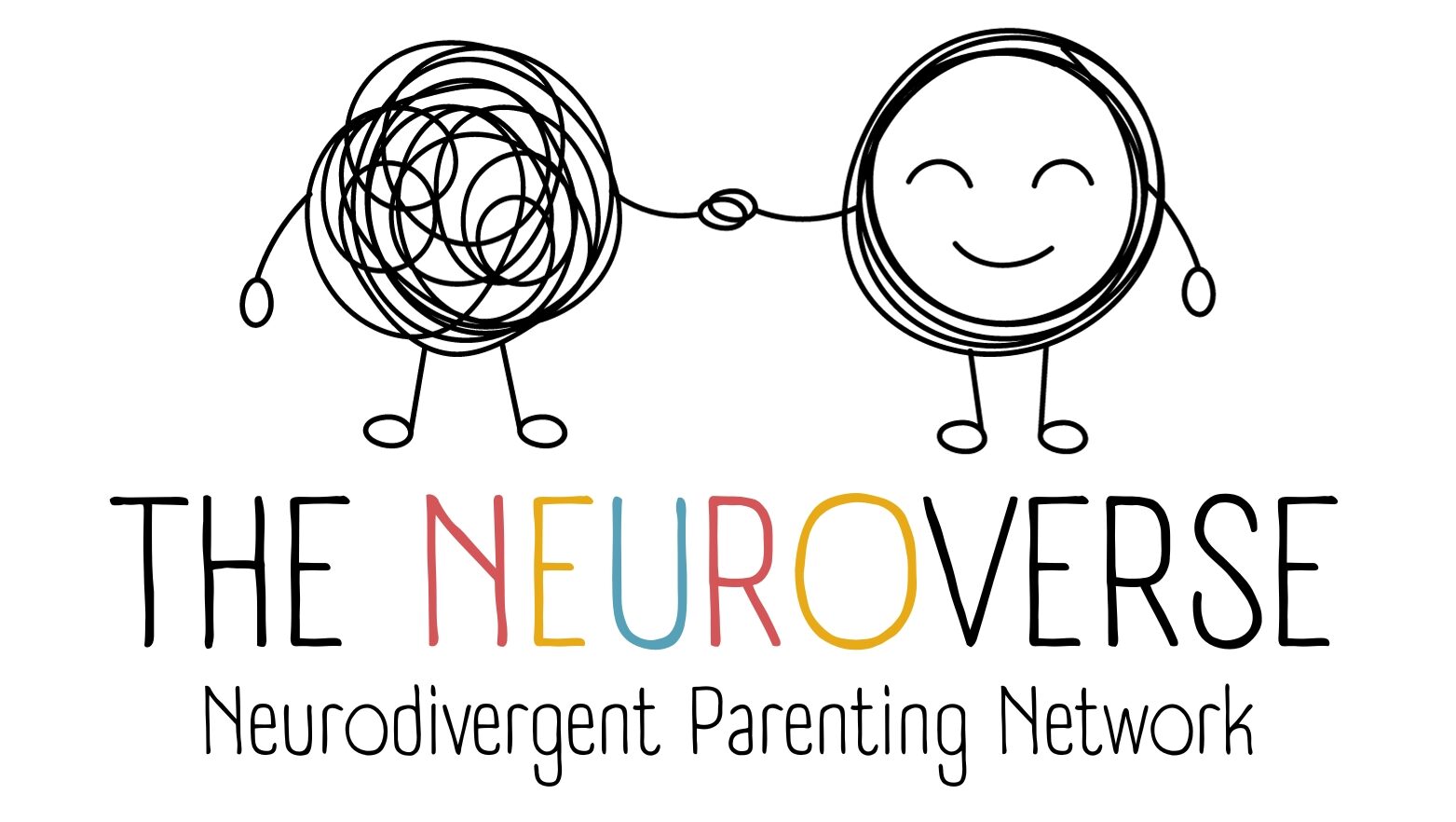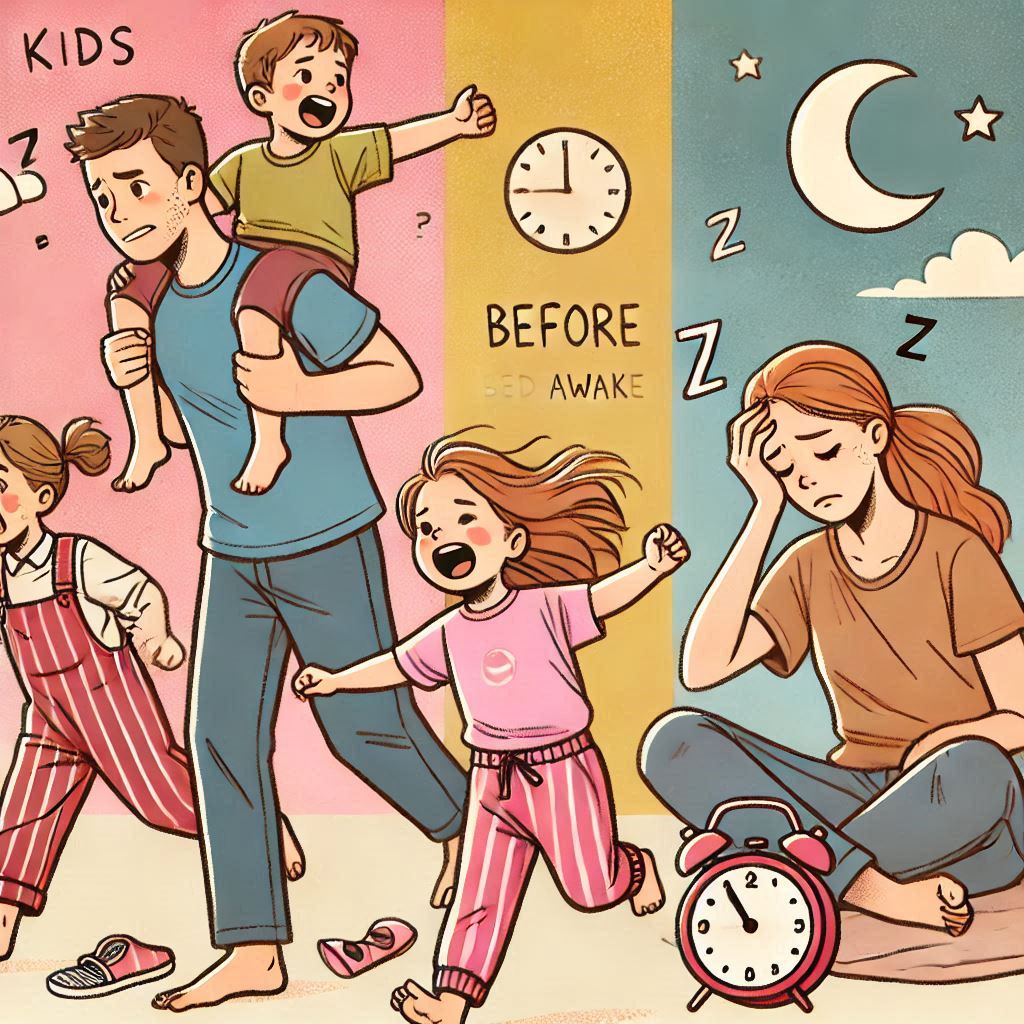Women with ADHD: Shedding Light on the Overlooked

Attention-Deficit/Hyperactivity Disorder (ADHD) in women is a pervasive issue that remains largely hidden, with countless individuals experiencing years of misdiagnosis or remaining undiagnosed entirely.
The common portrayal of ADHD as a disorder predominantly affecting hyperactive young boys has obscured the reality faced by many girls and women, who often exhibit symptoms of inattentive ADHD. These include difficulties in maintaining focus, emotional dysregulation, organisation, and memory retention, which are frequently dismissed as mere quirks rather than symptoms of a significant neurological condition.
Historically, the gap in ADHD diagnosis between genders has been stark, with boys receiving diagnoses much more frequently than girls. It was not until the 1990s that the medical community began to pay adequate attention to ADHD in women, marking a crucial step towards understanding and addressing their unique challenges. Despite this progress, the daily impacts of ADHD on women can be profound, affecting their relationships, work, self-care, and self-esteem, and compounded by societal pressures to fulfil caretaker roles.
The complexity of diagnosing ADHD in women is heightened by the presence of co-occurring conditions such as anxiety, depression, and eating disorders. Moreover, hormonal fluctuations during significant life transitions, including puberty, pregnancy, and menopause, can exacerbate ADHD symptoms, making the condition feel like an unending rollercoaster for many.
The stark reality is that girls are diagnosed with ADHD on average five years later than boys, with up to 75% of girls with attention problems never receiving a diagnosis. This lack of recognition has significant implications such as the following:
- Girls face struggles in social interactions and maintaining friendships.
- Women experience heightened risks of self-harm, substance abuse, and suicidal attempts.
- ADHD is associated with increased likelihoods of obesity, type 2 diabetes, and eating disorders among females.
- Women with ADHD are less likely to be employed and earn less than their non-ADHD counterparts.
Identifying the signs of ADHD in women is the first step toward change.
Symptoms can range from disorganisation, anxiety, and depression to challenges in maintaining attention and managing daily tasks. Recognition of these signs is crucial in fostering an environment where women with ADHD can access the support they need and fully embrace their strengths.
It’s time to challenge misconceptions and advocate for the recognition and support of women with ADHD. By spreading awareness and understanding, we can create a society that empowers every individual with ADHD to thrive, offering them the opportunity for diagnosis, treatment, and ultimately, a better quality of life.
Let’s unite in breaking the silence surrounding women with ADHD and advocate for the changes necessary to support them effectively.



Leave a Reply